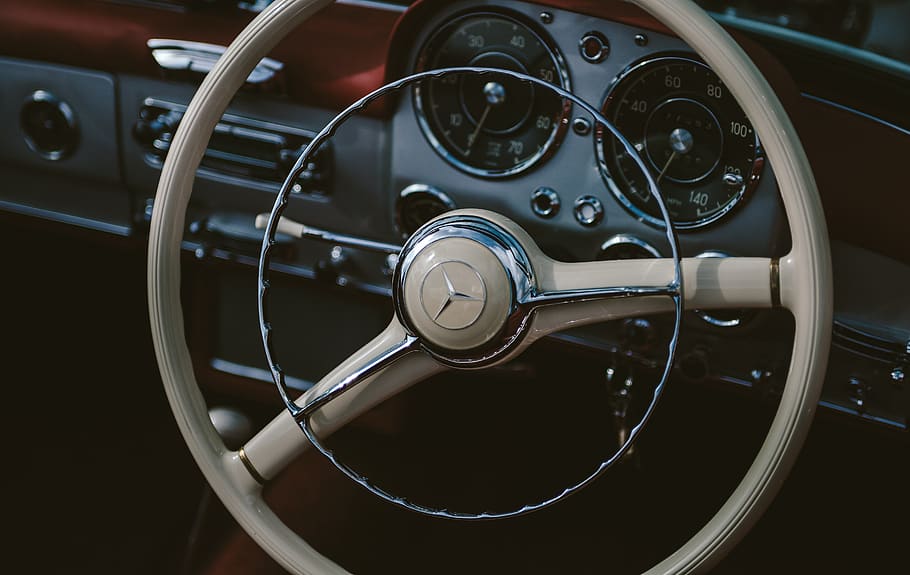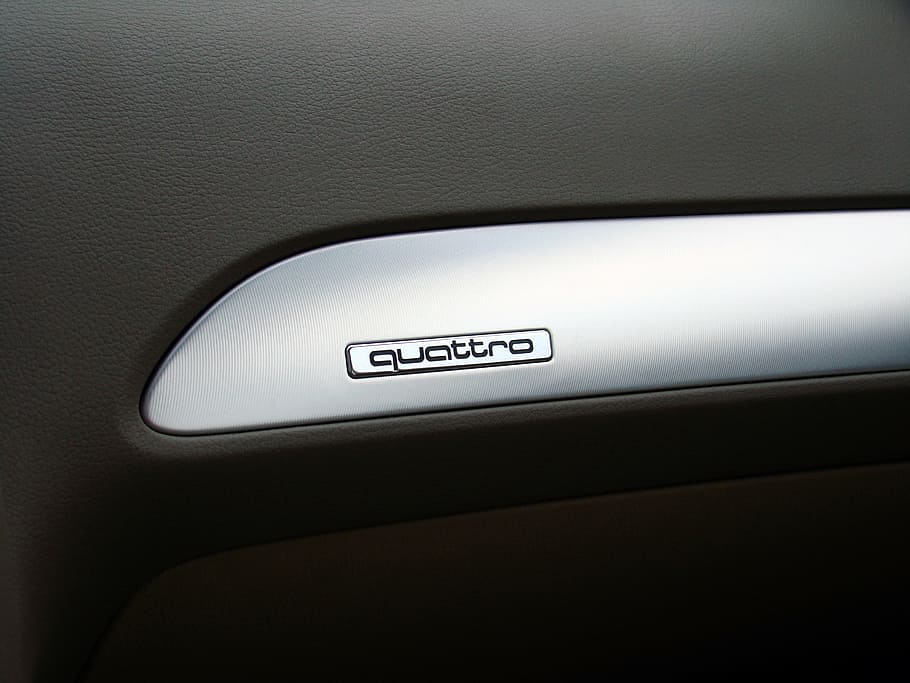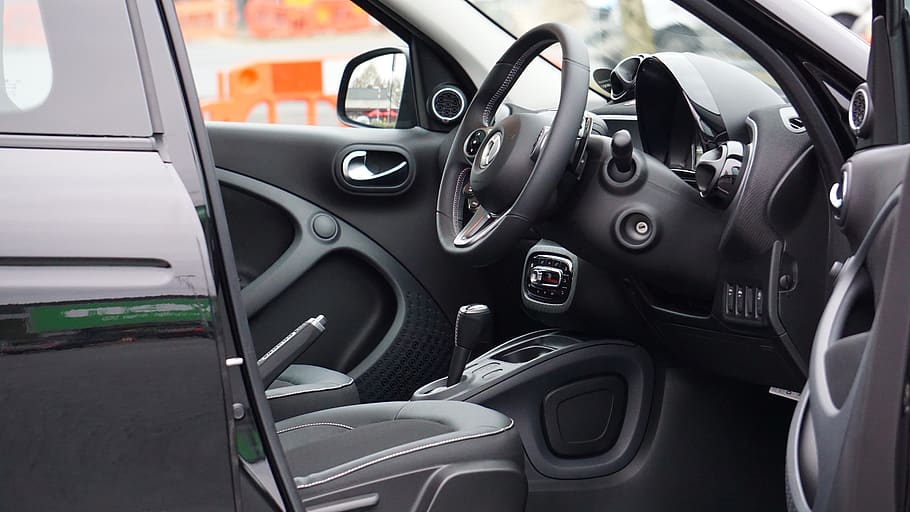Tips to Remove Scratches From Your Dashboard
Step 1: Clean with care
Regardless of the material, you’re dealing with, or whether or not it has a protective coating like a ceramic treatment, the first step in any auto detailing project should always be a thorough cleaning.
Wiping the surface with a suitable cleaner and a microfiber cloth will help ensure a smooth surface and prevent discolouration. Once the surface you are focusing on is free of dirt, dust, debris and is completely dry, you can smooth the scratch area.
Step 2: Shave and smooth

As a scratch form, the material it cuts/tears tends to follow the path of least resistance, so the indentation will likely have small ridges of plastic or vinyl on each side.
Gently sand this excess with fine-grit sandpaper, or if the ridge is large enough, carefully shave it off with a razor blade or cutter (Exacto knife). If you go with the second method, make sure to cut parallel to the dashboard and have a steady hand at all times to avoid more inside damage.
Once the big bits are cut, take out that fine-grit sandpaper and flush the edges of that indentation as much as possible while keeping the sandpaper hyper-focused on the area to be resurfaced.
Step 3: Heat it!
Apply heat to the damaged vinyl area using a heat gun set to half power (or a hairdryer set to full power) until it softens to the touch.
It’s important not to overheat the item you’re repairing because both plastic and vinyl distort quickly. Once the vinyl dash loses its honeycomb, leather-like texture and starts to turn shiny, you’re ready to move on to the next step.
You can find heat guns, for example, on Amazon:
Step 4: Apply the texture
While the surface is still hot, lightly press your chosen textured finishing pad onto the damaged area.
Hopefully, this pressure will push the scratch’s inner edges together while also creating surface texture to the plastic or vinyl that matches the rest of the dash.
Step 5: Relax, wait a second and inspect

It’s essential to let the area cool and harden before moving on to the final step.
The scratch will be less noticeable at this point, and in its place should be a mended region with a texture that matches the surrounding area. While you wait, carefully examine the repaired area to determine whether or not it needs additional texturing and thermal treatment.
Step 6: Clean, paint and protect
Once the repaired car dashboard has completely cooled, it’s time to run ultra-fine sandpaper one last time to remove any lingering imperfections.
Repeating this step will ensure that your car’s dashboard is the same shape and smooth to the touch. Sometimes you’ll find a thin layer of debris smeared around a repaired vinyl or plastic scratch, and this final step will help remove those contaminants.
After you’ve finished sanding, wash down the surface with rubbing alcohol or automotive interior cleaner and, if necessary, a few dabs of paint.
After that, a coat of protection is all that’s needed to make that dash look brand new!
Remember to share your experience in the comments below.
Read more:
– How Do I Revive My Leather Car Seats?


1 comment
[…] Personalization also concerns the car’s interior. You can change the look of the steering wheel very easily. This component deserves a decorative touch. You can dress up the steering wheel with a specially designed accessory. You can choose a steering wheel cover that matches the main color of the interior. You can also choose an accessory that creates more of a contrast to stand out from the other equipment. […]